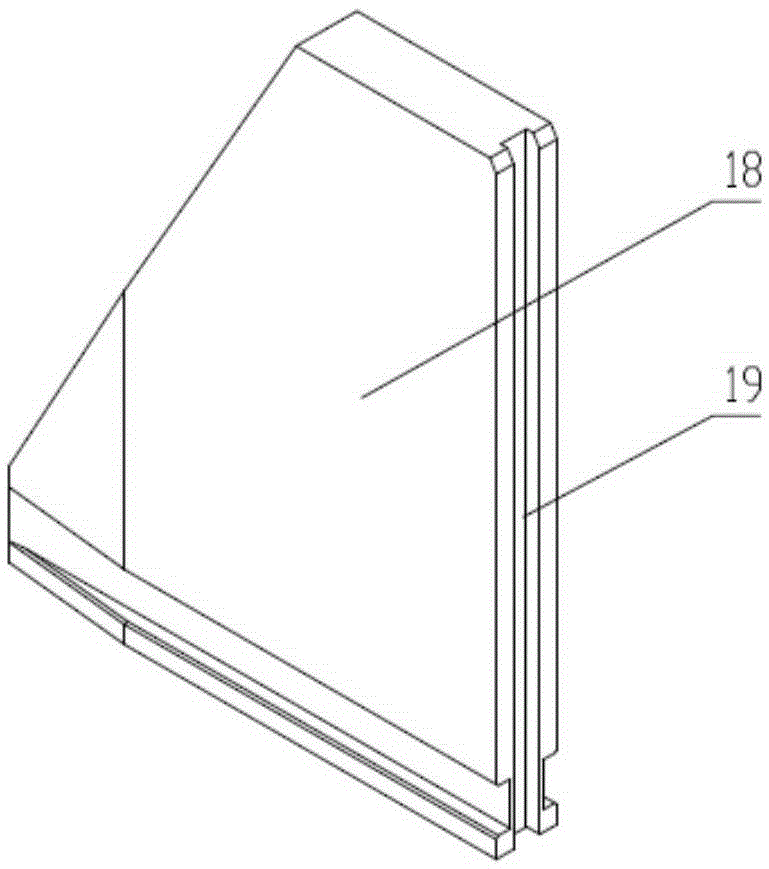Press quenching mold for locomotive traction gear ring
A technology for locomotives and ring gears, which is applied in the field of press quenching molds for locomotive traction ring gears. It can solve the problems of lower product quality, lower tooth hardness and strength, and no machining allowance, so as to reduce the workload of gear grinding, The effect of reducing elliptical deformation and reducing end face runout
- Summary
- Abstract
- Description
- Claims
- Application Information
AI Technical Summary
Problems solved by technology
Method used
Image
Examples
Embodiment Construction
[0028] The following will clearly and completely describe the technical solutions in the embodiments of the present invention with reference to the accompanying drawings in the embodiments of the present invention. Obviously, the described embodiments are only some, not all, embodiments of the present invention. Based on the embodiments of the present invention, all other embodiments obtained by persons of ordinary skill in the art without creative efforts fall within the protection scope of the present invention.
[0029] see figure 1 , the press quenching mold for the locomotive traction ring gear of the present invention is arranged on the workbench 16 of the press quenching machine tool, including an upper mold and a lower mold. The upper mold includes a web die 3 and an end die 4, and the end die 4 is arranged around the outer circumference of the web die 3; the lower die includes an expanding core, a web support platform 8 and an end support platform 1, and the web die 3...
PUM
 Login to View More
Login to View More Abstract
Description
Claims
Application Information
 Login to View More
Login to View More - R&D
- Intellectual Property
- Life Sciences
- Materials
- Tech Scout
- Unparalleled Data Quality
- Higher Quality Content
- 60% Fewer Hallucinations
Browse by: Latest US Patents, China's latest patents, Technical Efficacy Thesaurus, Application Domain, Technology Topic, Popular Technical Reports.
© 2025 PatSnap. All rights reserved.Legal|Privacy policy|Modern Slavery Act Transparency Statement|Sitemap|About US| Contact US: help@patsnap.com



